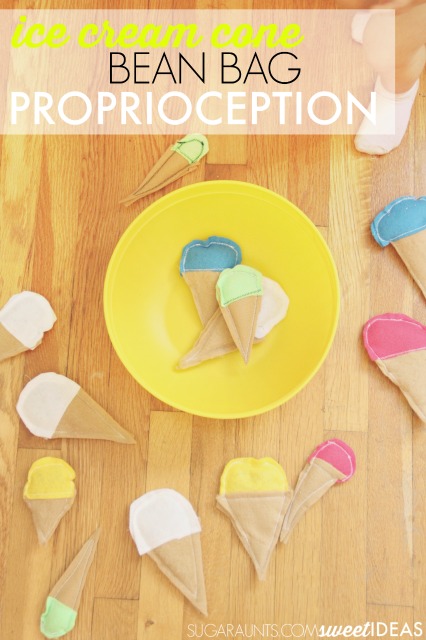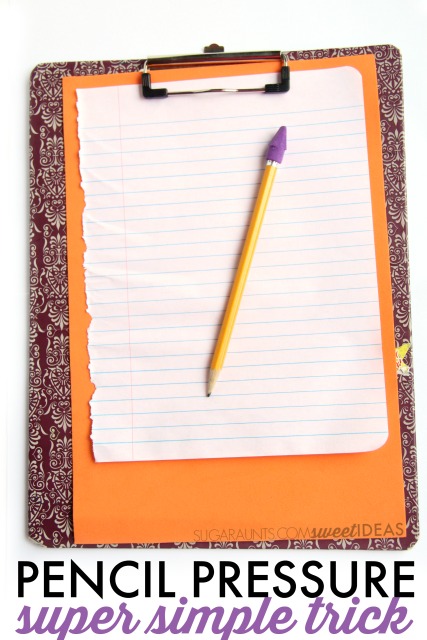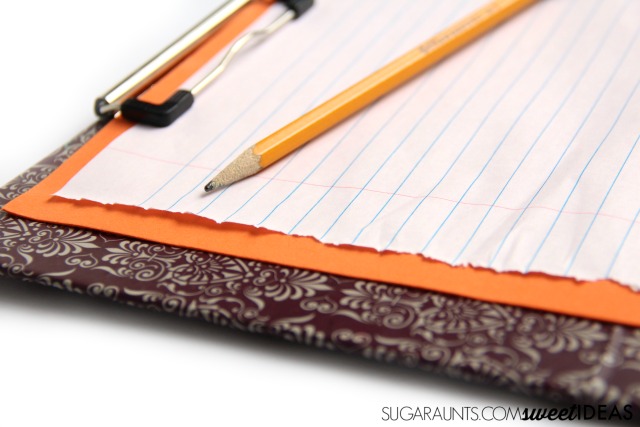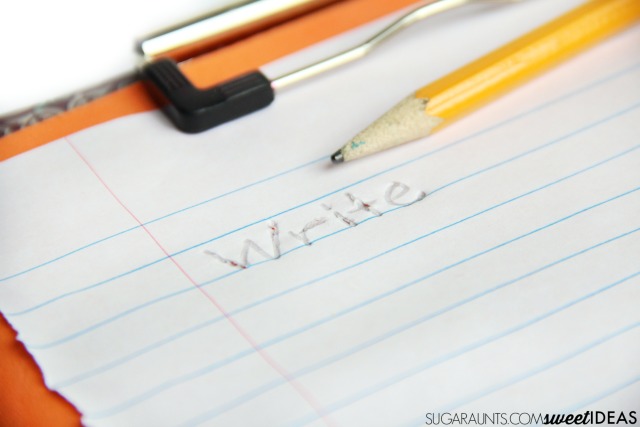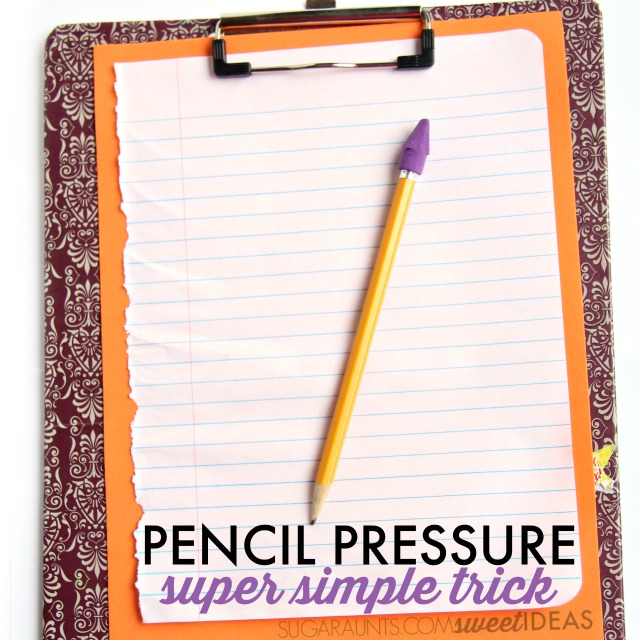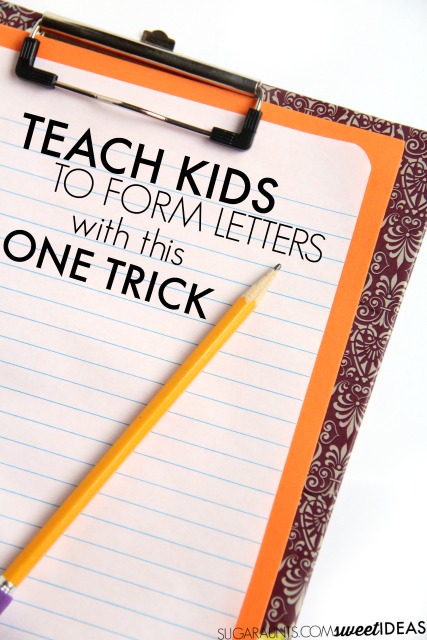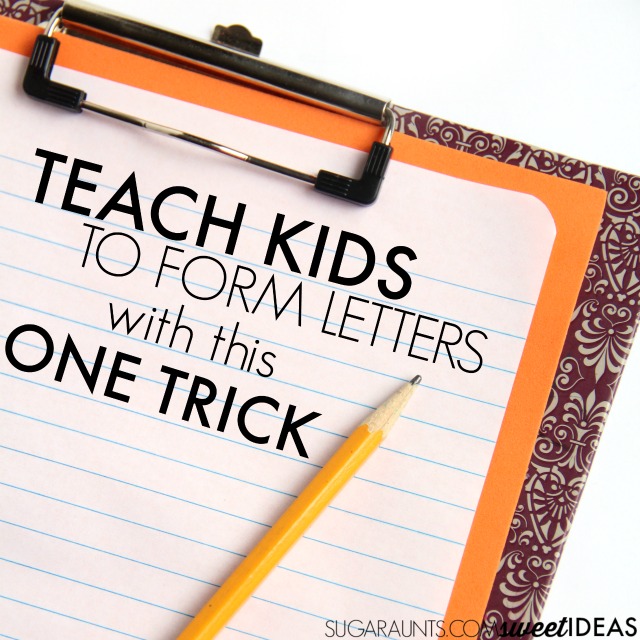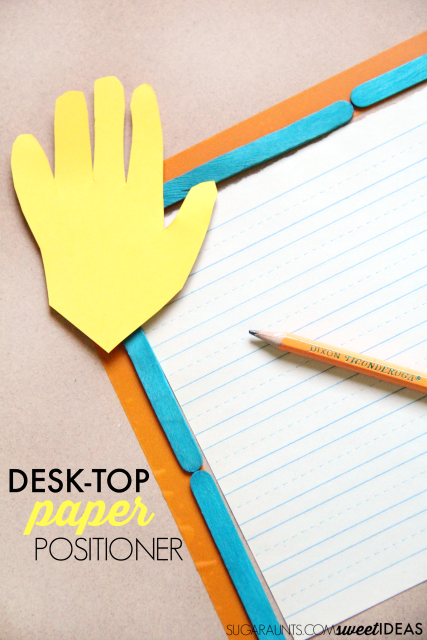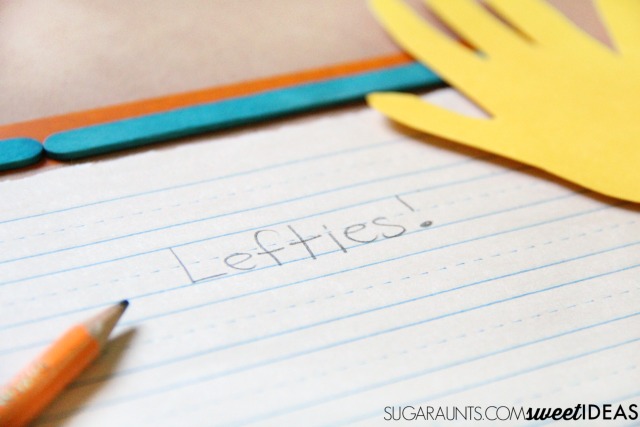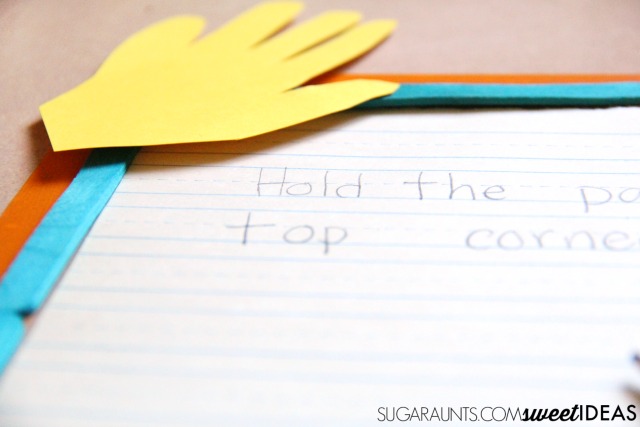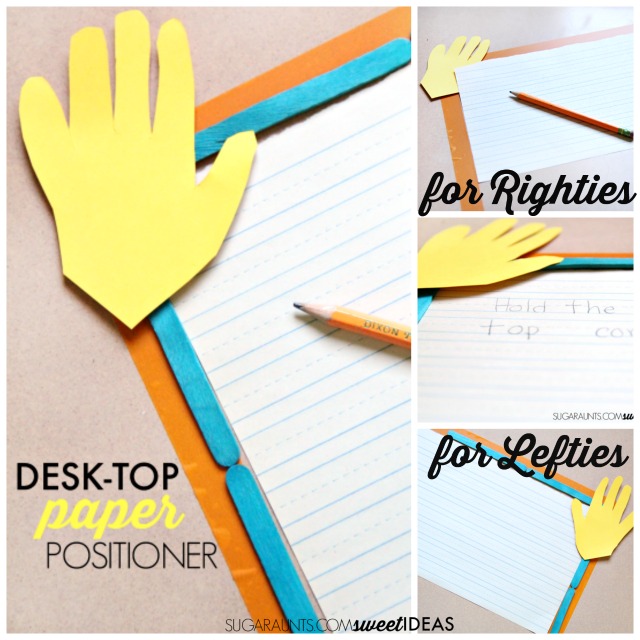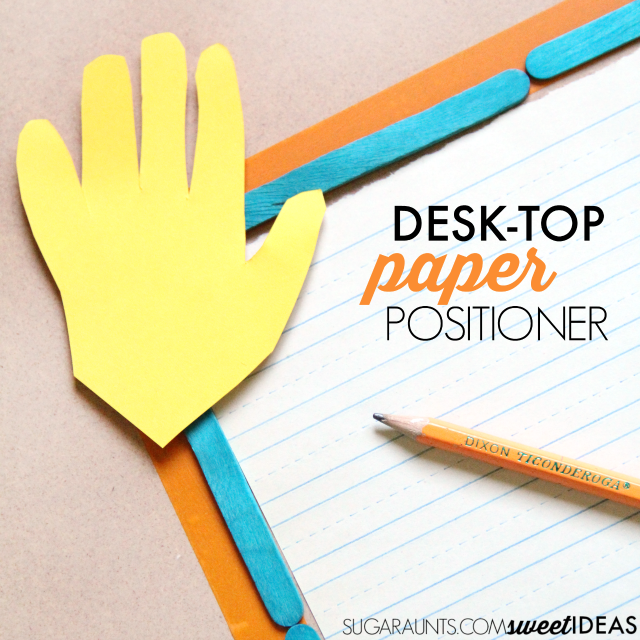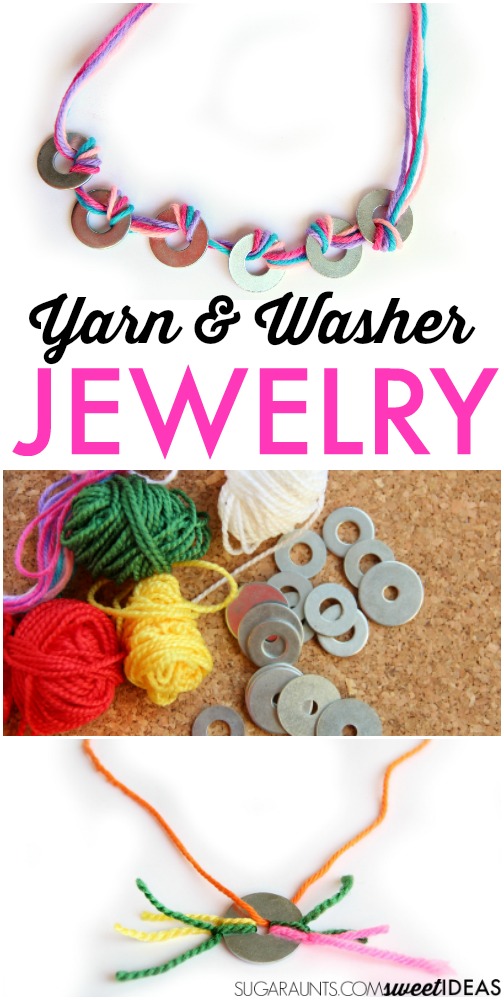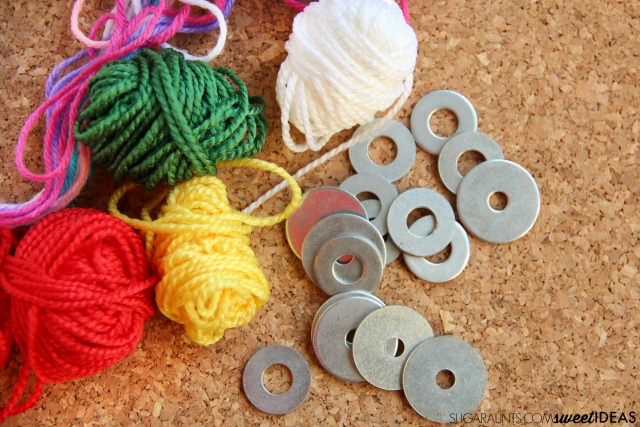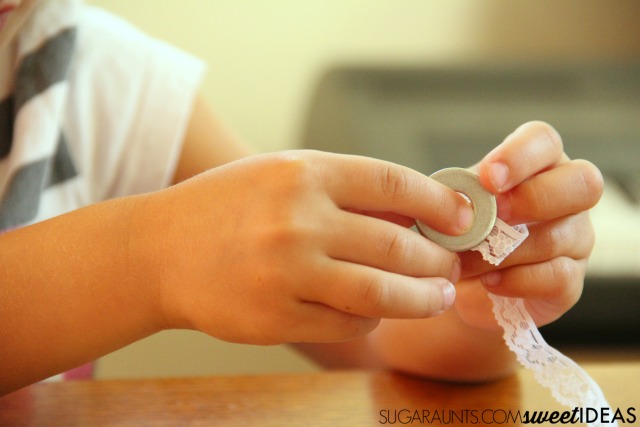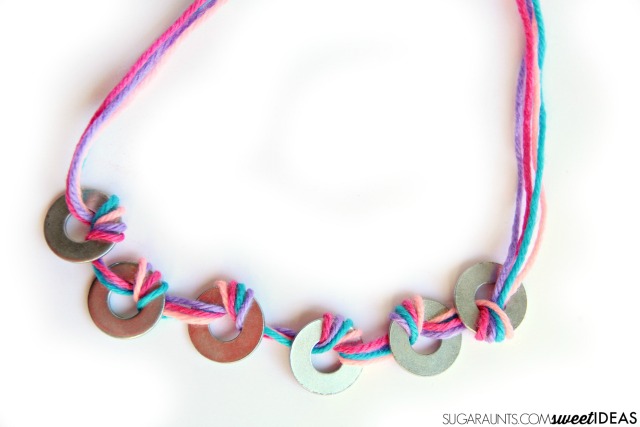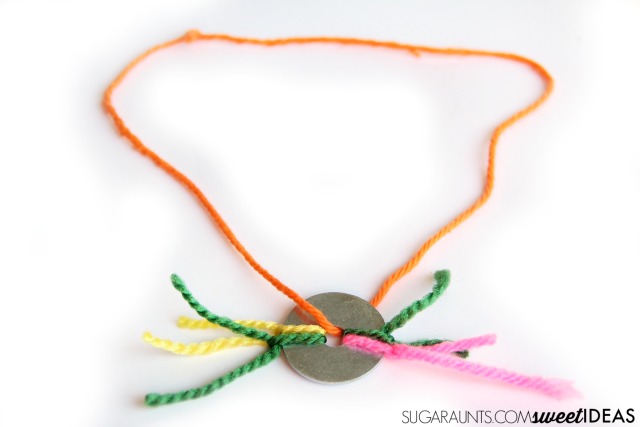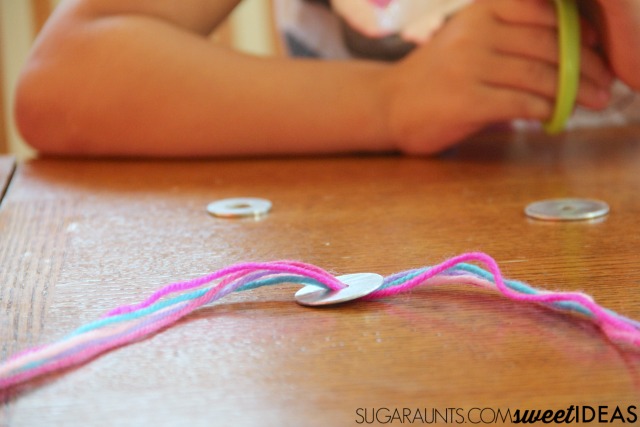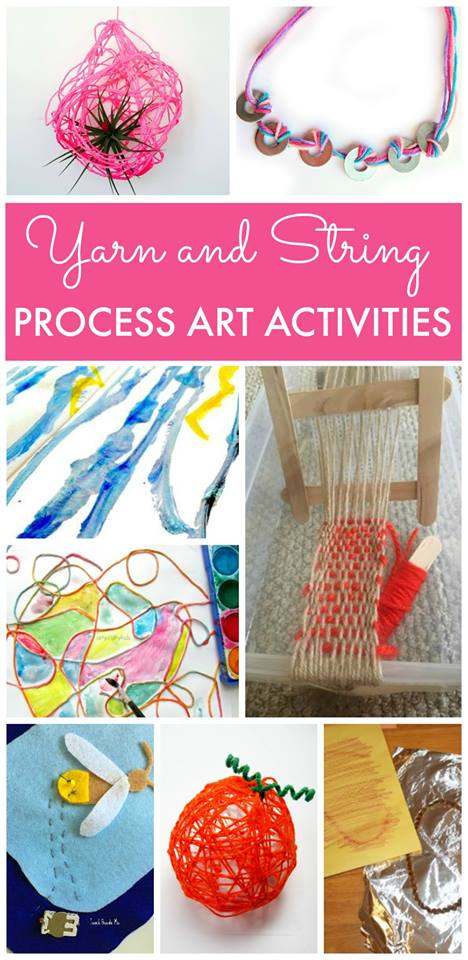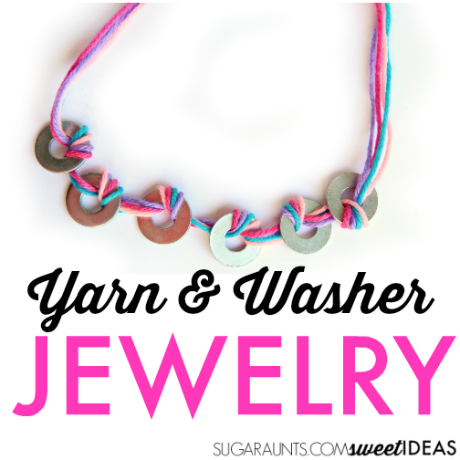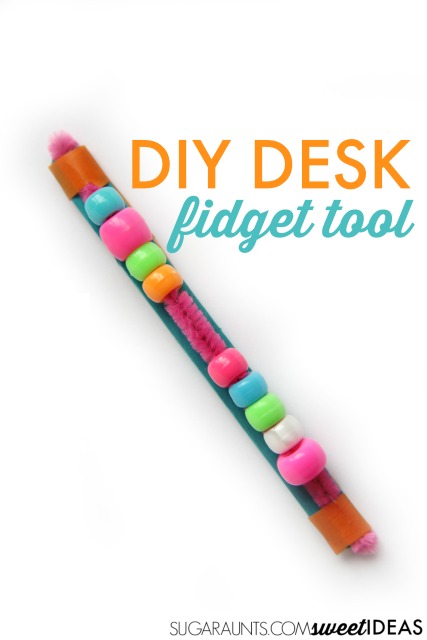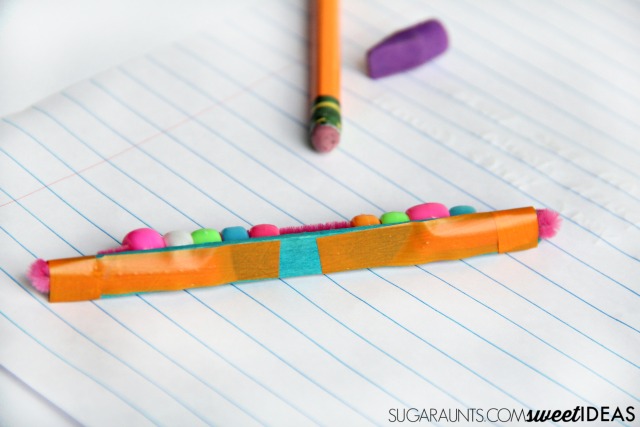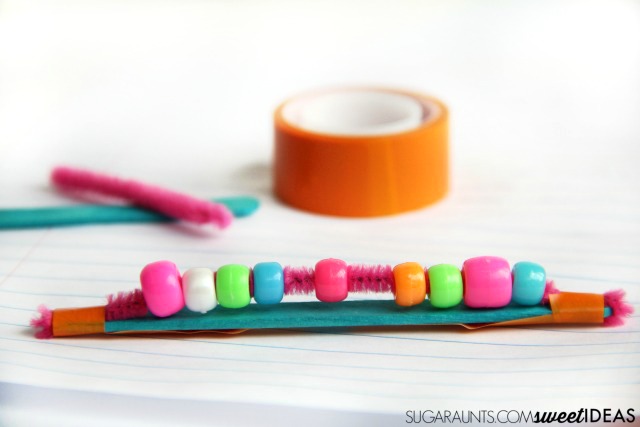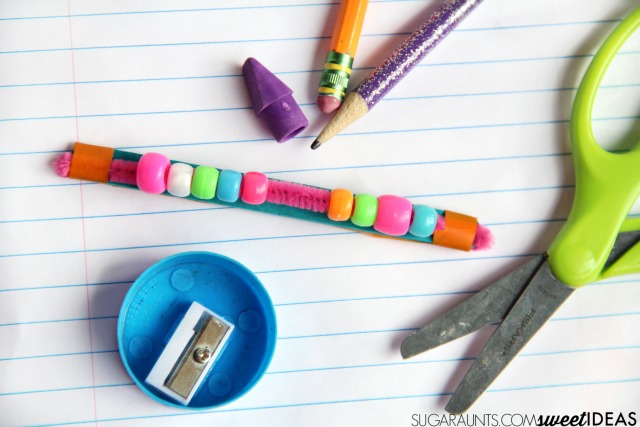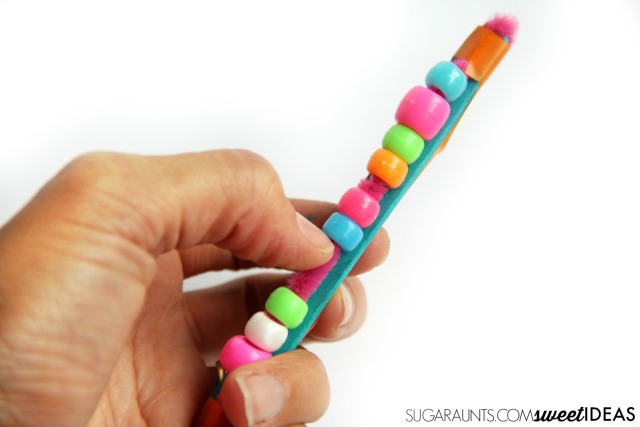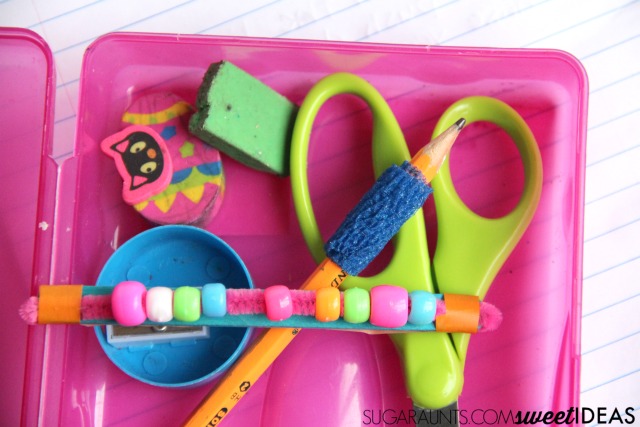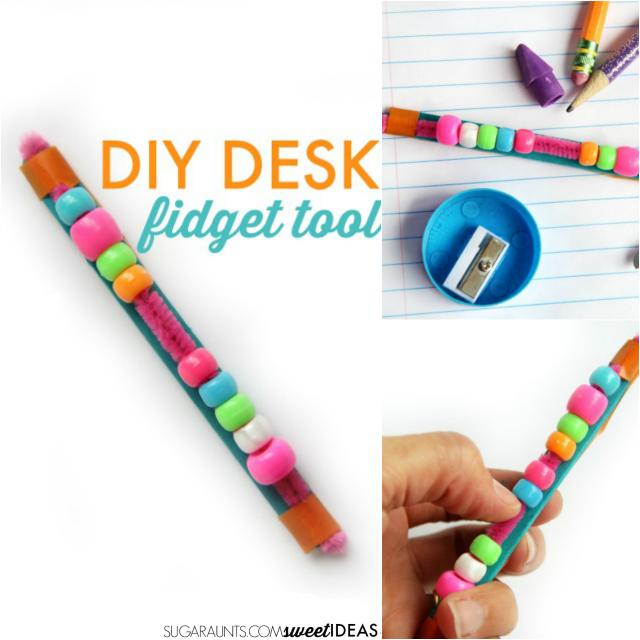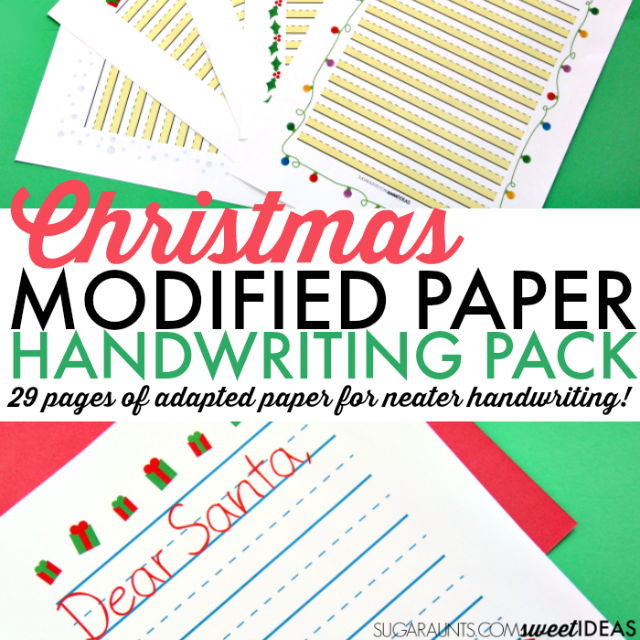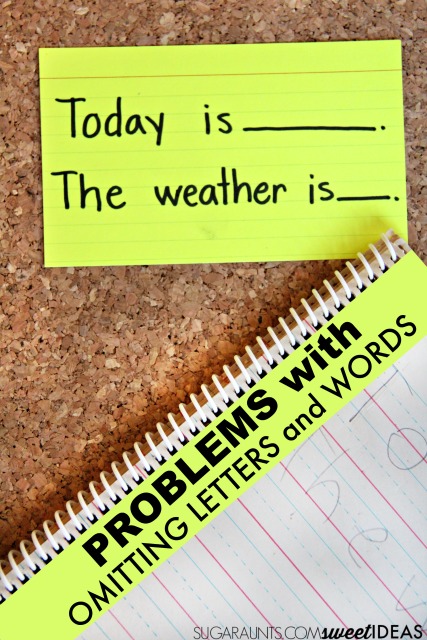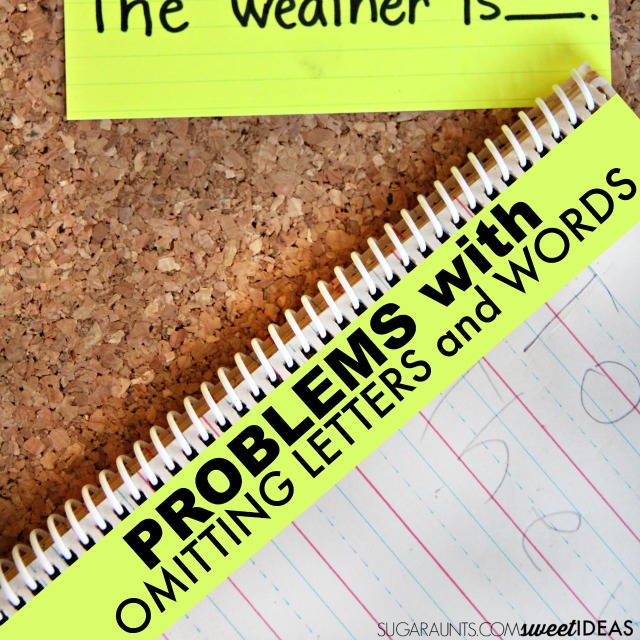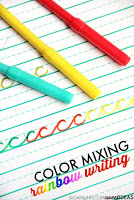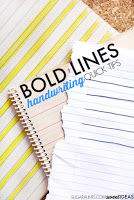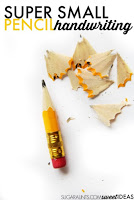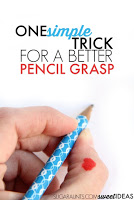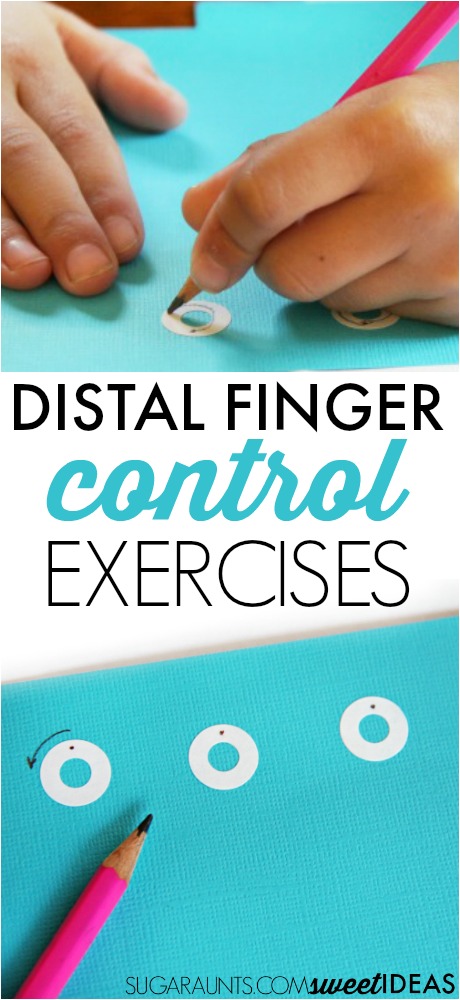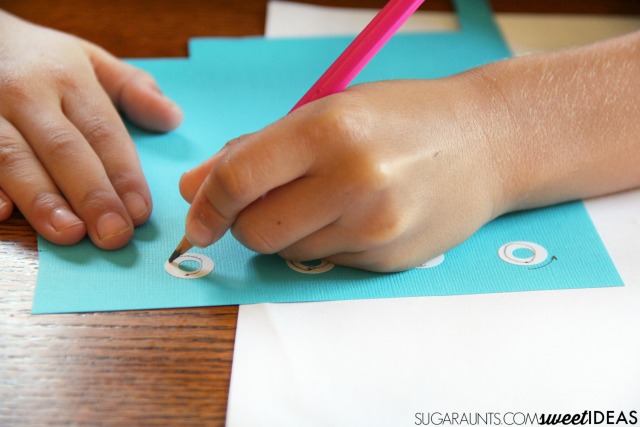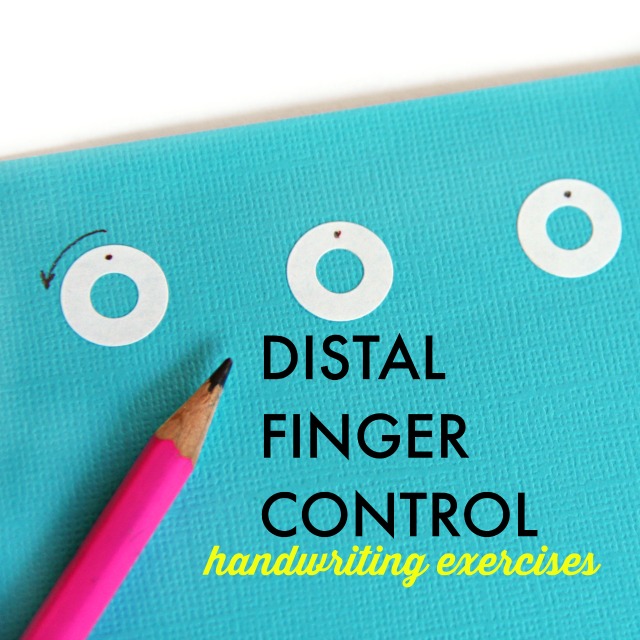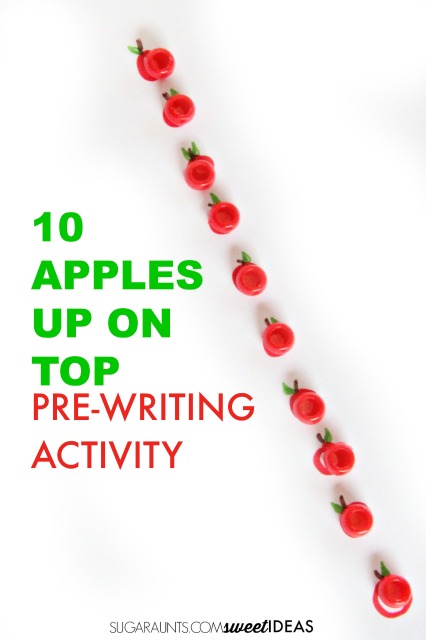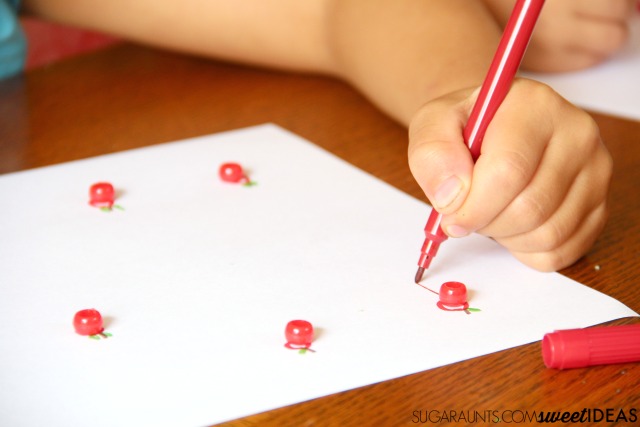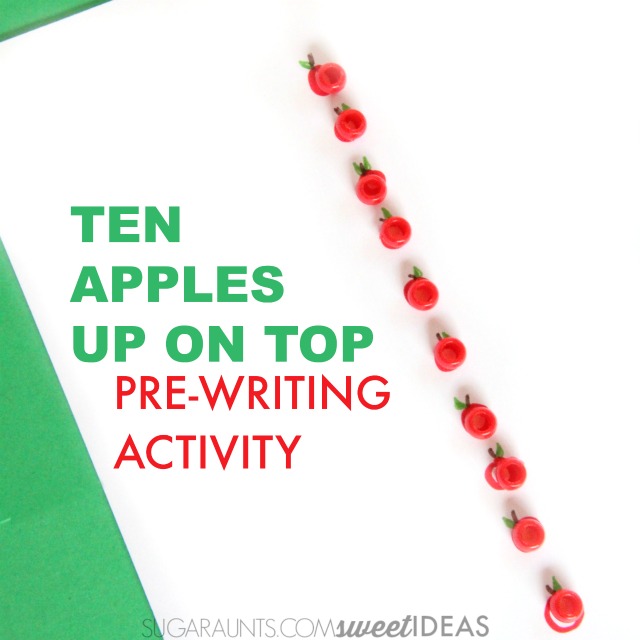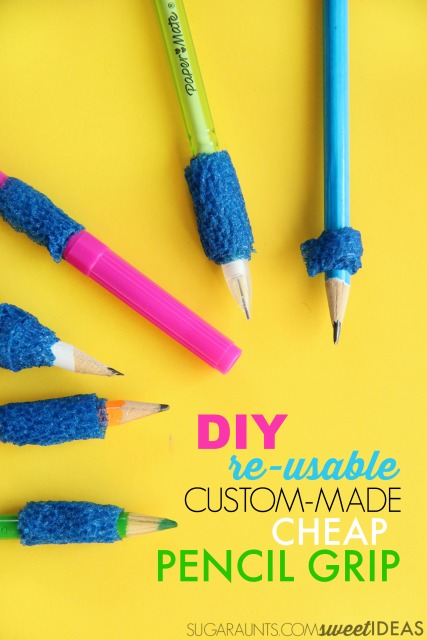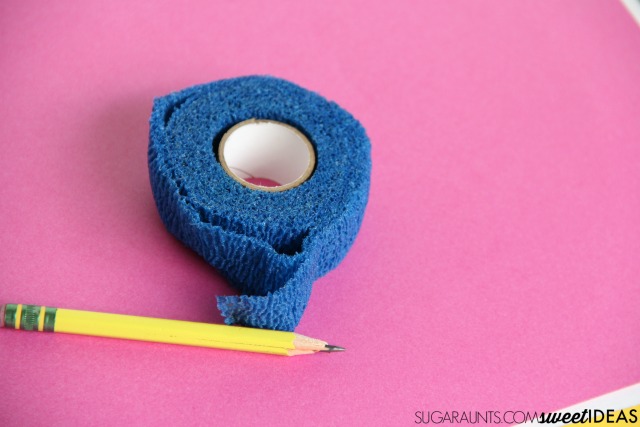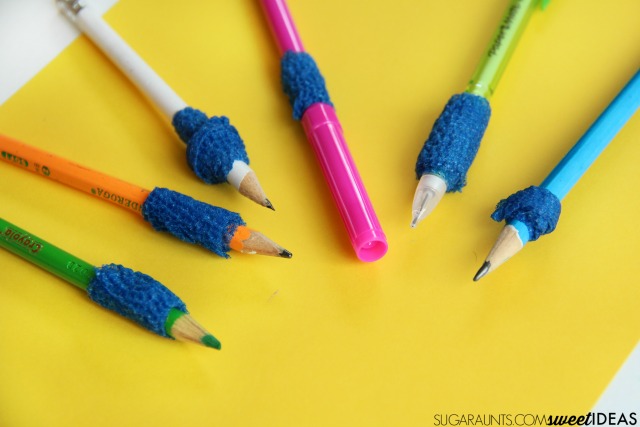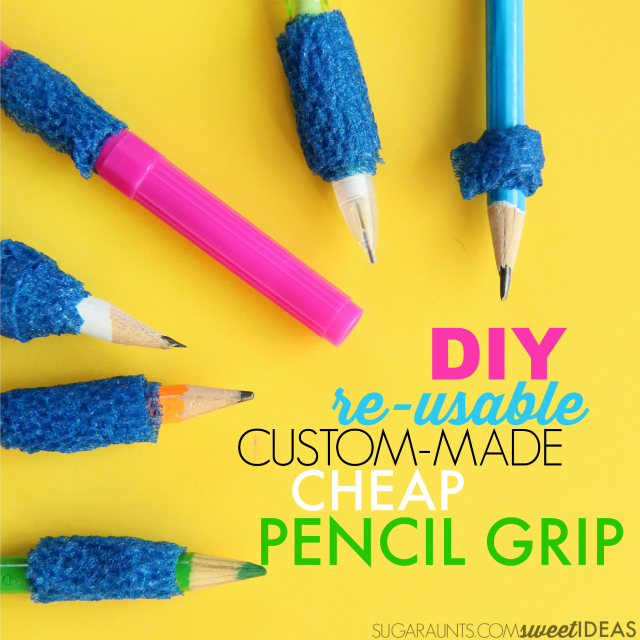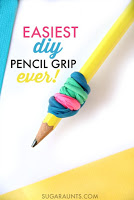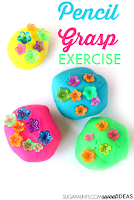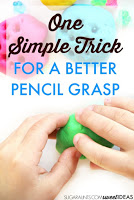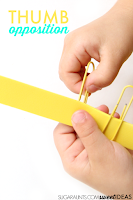This ice cream gross motor activity is also a fun friendship gross motor activity too! In fact, movement games are a great way to build friendship and establish relationships, especially when team building and problem solving are involved. Here, you’ll find an ice cream bean bag activity that challenges not only core strength, movement patterns, and motor planning (with an ice cream theme!) but also is a fun friendship activity for a group.
The friendship gross motor activities here are bean bag games that would fit nicely with a movement gross motor activity because it’s just another way to improve core strengthening.
The friendship theme is a bonus, making it a fun friendship activity for preschoolers and younger kids developing from parallel play to associative play to cooperative play.
Use this ice cream therapy activity to add a movement break in the classroom, a creative ice breaker game for a group of new friends, and a playful ways to promote friendship with movement.
And even better, bean bag games improve core strengthening through whole body movement and these friendship themed games are one that will build memories.
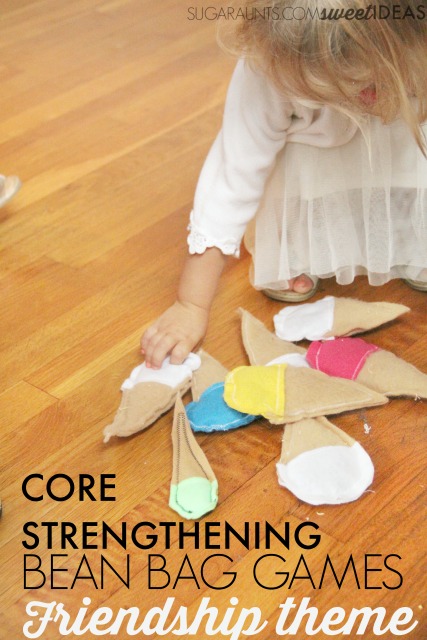
Affiliate links are included in this post.
Gross Motor Core Strengthening ActivitY
Building core strength is important for so many reasons: attention, focus, and positioning are just a few reasons to strengthen the core. Read more about core strengthening and attention here.
Use bean bag games in Friendship Activities
There are several reasons why bean bag games are a great addition to any kids’ day. These are the underlying reasons why you’ll see bean bag activities in therapy. But, also bean bag games can be beneficial as a gross motor friendship activity, too.
- Bean bag games are a great movement and core strengthening activity.
- They are an easy way to add a movement brain break to classroom activities.
- Movement games foster friendship and invite conversation in groups like classrooms, youth groups, play dates, and birthday parties.
- Bean bag games offer repetition with heavy work, adding proprioception for a calming and organizing activity.
- Bean bag games offer an opportunity for gross motor visual motor integration skill work, which is necessary for developing the skills needed for handwriting, reading, and learning.
- Bean bag games allow a child to build core muscle strength.
- Group games with bean bags build problem solving and group interactions.
For our gross motor friendship activity, we attempted to build core muscle strength through repetition of core muscle building, using a gross motor ice cream theme.
This would be a good activity for a group setting, however, you could definitely do this activity individually as well.
We used the ice cream bean bags that we made last summer. Read more about how to make the ice cream cone bean bags here.
While any bean bags would work for these friendship movement activities, we used what we had in the house, and they went perfectly with our book for this week, Mo Willems’ Should I Share My Ice Cream. (Tell me, are your kids as Elephant and Piggy obsessed as mine are???)
Gross Motor Friendship Ideas
Line up your group of kids. We played a few different games and they all involved FUN!
- Bean Bag Slide– Kids can line up side by side, facing in the same direction. Start with all of the bean bags to the left side of one child. The first child should reach down and grab one bean bag. They can then slide the bean bag on the floor between their legs, placing it behind them. The child to their right should lean down and grab the bean bag between their legs. They can then place the bean bag on the floor in front of their feet. The child to their right can grab the bean bag and continue it down the line of kids.
- Bean Bag Over Head– Kids can sit on the ground one in front of the other. The bean bags should begin in a pile in front of the first child. That child can pick up one bean bag and place it over their head to pass it to the next child behind them. That child can grab the bean bag and pass it over their head to the child behind them. Continue down the line.
2. Bean Bag Side to Side– Kids can sit in a line behind one another. The kids should pass bean bags down the line by twisting at the core to rotate their trunk. Continue the bean bag pass down the line.
3. Bean Bag Toss– Kids should line up in a line by standing up a few feet from one another. One child should pass one bean bag to the next student by tossing a low toss to the next child. Try to keep the bean bag close to the ground but not touching the ground. Continue to pass bean bags down the line.
4. Bean Bag Foot Pass– Kids can lie on their backs in a line. The fist child should use only their feet to pick up one bean bag and pass it to the next child. That child should grab the bean bag using only their feet. Continue all of the bean bags down the line.
Each of these games can be done in a line or in a circle.
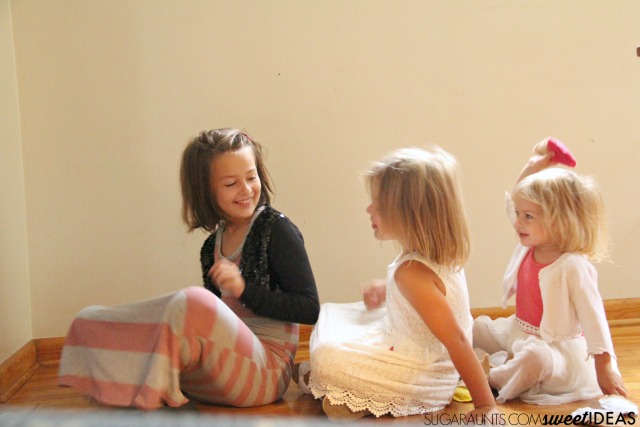
friendship activity for preschoolers
By playing a group game, children can build friendships, foster relationships, problem solve, resolve conflicts, learn from others, and establish many other powerful developmental benefits of group activities.
For this friendship gross motor activity, we first, read one of our favorite Elephant and Piggy books, Should I Share My Ice Cream. We then used our ice cream bean bags to play a friendship game together. As we passed the ice cream bean bags, we shared ways to be helpful.
Sharing with a friend is just one way to be nice to a friend. Being helpful at school, making a nice card, or inviting a friend to play are other ways to be nice to a friend. As we passed the bean bags to one another, saying these qualities of a friend allowed us to slow down in the bean bag passing game.
This way, we could build muscle strength with slow movements.
While we used the ice cream bean bags, you could read the book and use any bean bags in your gross motor friendship activity! What are your favorite bean bag games?
Want more friendship activities for preschoolers?
In the resource, Exploring Books Through Play, you’ll do just that.
This digital, E-BOOK is an amazing resource for anyone helping kids learn about acceptance, empathy, compassion, and friendship. In Exploring Books through Play, you’ll find therapist-approved resources, activities, crafts, projects, and play ideas based on 10 popular children’s books. Each book covered contains activities designed to develop fine motor skills, gross motor skills, sensory exploration, handwriting, and more. Help kids understand complex topics of social/emotional skills, empathy, compassion, and friendship through books and hands-on play.
Click here to get your copy of Exploring Books Through Play.
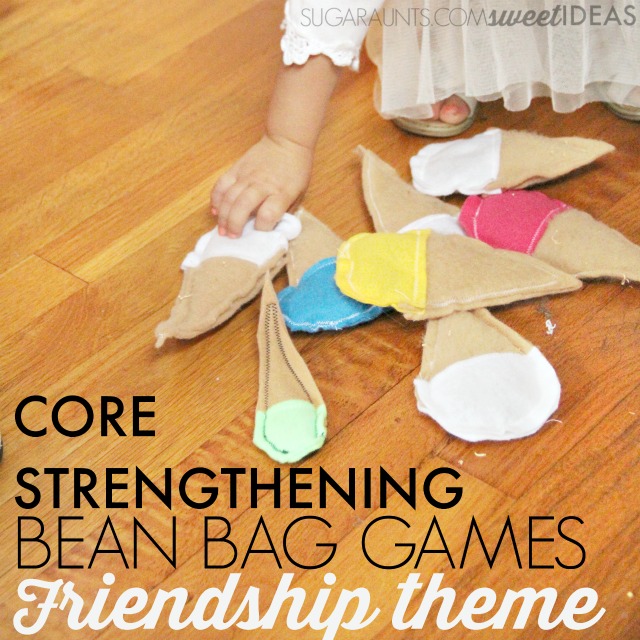
Check out more Friendship themed activities based on Should I Share My Ice Cream? Simple Friendship Concentration Game from Toddler Approved Spelling Names Ice-Cream Centre from Still Playing School Kind Words Sensory lesson from Preschool Powol Packets Listening Games with Elephant and Piggie from Inspiration Laboratories Making Pumpkin Ice-Cream with Friends from The Educators’ Spin On It Cupcake Cones from Kori at Home Friendship Ice-Cream is a Fun Way to Practice Sharing from Mama Smiles How to Make a Catapult from JDaniel4’s Mom Paper Tube Friendship Bracelets from Clare’s Little Tots How to Make Colour Mixing Ice-Cream from Peakle Pie How to make Happy Faces in a Sand Tray from Big Owl, Little Owl, Whitty Hoots Share the Ice-Cream Fine Motor Game from Views from a Step Stool Pass the Ice-Cream Sharing Activity for Preschoolers from Sunny Day Family Friendship Ice Cream Throw from Adventures of Adam Build 2D and 3D Ice Cream Cones with Friends from Kara Carrero Piggie and Elephant Shape Sorting Activity from Mosswood Connection

Colleen Beck, OTR/L has been an occupational therapist since 2000, working in school-based, hand therapy, outpatient peds, EI, and SNF. Colleen created The OT Toolbox to inspire therapists, teachers, and parents with easy and fun tools to help children thrive. Read her story about going from an OT making $3/hour (after paying for kids’ childcare) to a full-time OT resource creator for millions of readers. Want to collaborate? Send an email to contact@theottoolbox.com.


